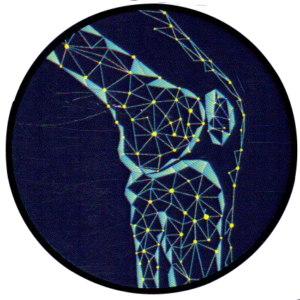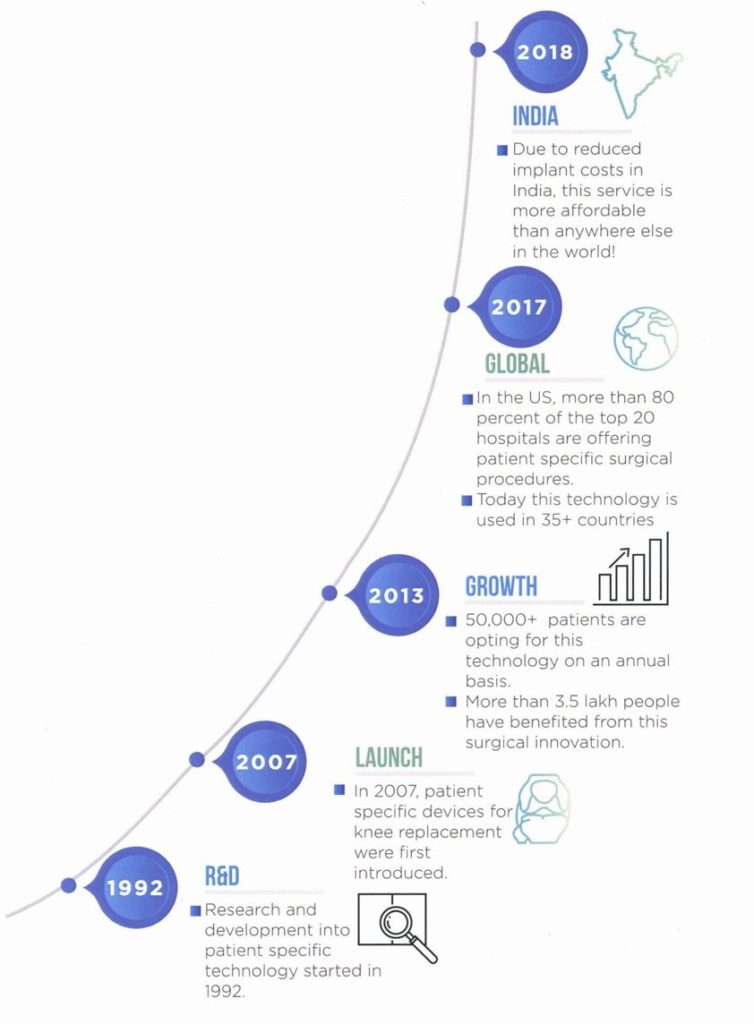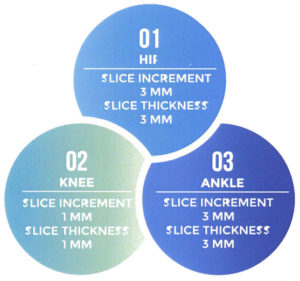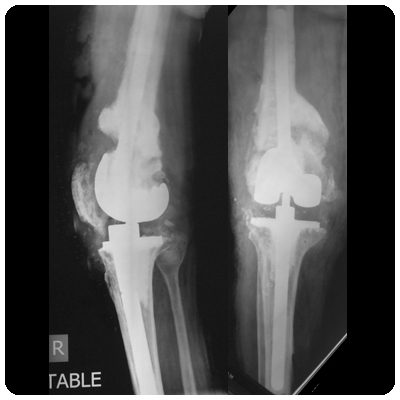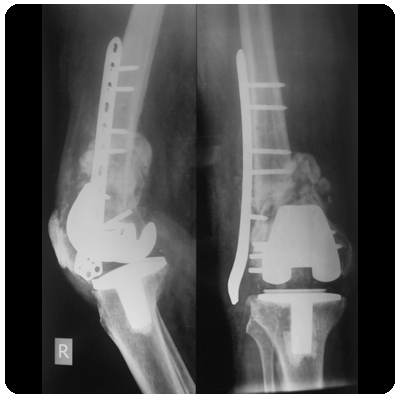SMART KNEE NAVIGATION – ADVANCED KNEE REPLACEMENT
More Bone Saved
Advanced Pre-op Planning
Reduced Surgical Time
Tailormade Specially For You
How It Works
We focus on providing patients and doctors with cutting-edge surgical innovations in the field of orthopaedics. Our technology uses US FDA-approved navigation software to highlight the anatomy of an individual’s knee joint, and create customised instruments to optimise the surgery.
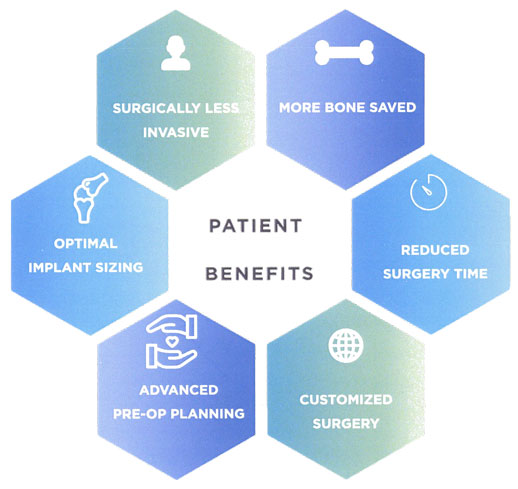 Every individual’s knee is different, and Smart Knee Navigation high-lights these differences for an optimal surgical procedure. A CT scan provides us with a detailed analysis of your knee joint. From this blue print, we provide your surgeon with the tools to customize your surgery so as to get the very best outcome possible.
Every individual’s knee is different, and Smart Knee Navigation high-lights these differences for an optimal surgical procedure. A CT scan provides us with a detailed analysis of your knee joint. From this blue print, we provide your surgeon with the tools to customize your surgery so as to get the very best outcome possible.
Technology
- Highly specialized software digitally sculpts an exact replica of your knee.
- Measurements are taken to ensure optimal implant sizing.
- Specialized instruments are designed to improve the overall fit and alignment of the implant.
Process Flow
- Your lower limb is scanned through a CT machine.
- An Individual template of your knee is created.
- A tailor-made Instrument is designed for your knee.


Stats & Facts
- Patient specific surgical procedures are especially beneficial to knee replacement patients in India, due to the major knee deformities prevalent in our population.
- Indians suffering from arthritis of the knee exhibit wide variations in anatomy, and furthermore, patients with previous injuries to the knee joint can also benefit greatly from this surgical procedure.
- Patient specific instruments simplify the process of navigation in total knee replacement and lead to a more satisfactory surgical outcome.
 R&D
R&D
- Research and development into patient specific technology started in 1992.
Launch
- In 2007, patient specific devices for knee replacement were first introduced.
Growth
- 50,000+ patients are opting for this technology on an annual basis. ¦ More than 3.5 lakh people have benefited from this surgical innovation.
Global
- In the US, more than 80 percent of the top 20 hospitals are offering patient specific surgical procedures.
- Today this technology is used in 35+ countries.
India
- Due to reduced implant costs in India, this service is more affordable than anywhere else in the world!
Expert Talk
“The patient specific guides also have the additional benefit of incorporating pre-oper-ative three dimensional imaging to allow greater adjustments in the proposed component positioning before taking the patient for surgery – Association of Bone & Joint Surgeons, December 2011”
“Patient Specific Instrumentation (PSI) may contribute to reduced blood loss related to Total Knees Arthroplasty (TKA). The study demonstrated that PSI leads to a significant trend in earlier Hb regain. These promising results sug-gest a beneficial effect of PSI in blood loss reduction – Journal of Knee Surgery, April 2018.”
 CT Scan Parameters
CT Scan Parameters
Slice thickness should typically be equal to or greater than slice increment. Slice increment should be 1 – 1.25 for knee and 1 – 3 for hip and ankle. CT scan should be taken while knee is in flexion.
This state-of-the-art technology is to make surgeries less invasive and more personalized and helps to tailor-make instruments and provide a better fit of the knee implant.
PARTIAL KNEE REPLACEMENT
Uni-Knee: When one compartment of the knee is damaged, partial replacement rather than total replacement can be performed. This is particularly useful for younger patients having early stage arthritis. |
| Pre-Operation | Post-Operation |
 Medial compartment arthritis both knees in a 40 yr old patient (clickimage for enlarge view) |  Bilateral uni compartment knee replacement (clickimage for enlarge view) |
Patello Femoral Joint Replacement: Some patients develop arthritis of only the patello femoral joint. Instead of replacing the whole knee, prosthesis is now available to replace this compartment of the knee only. |
| Pre-Operation | Post-Operation |

